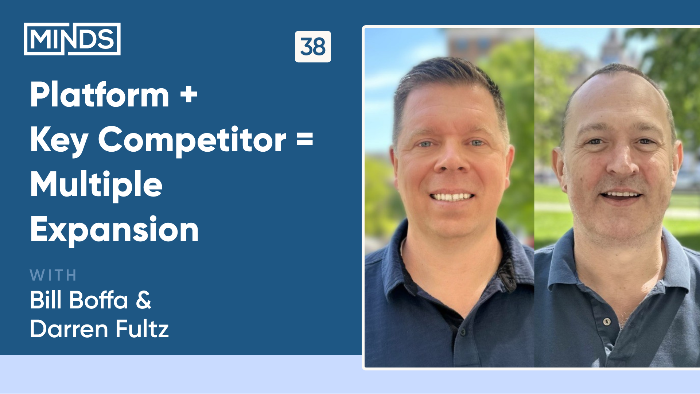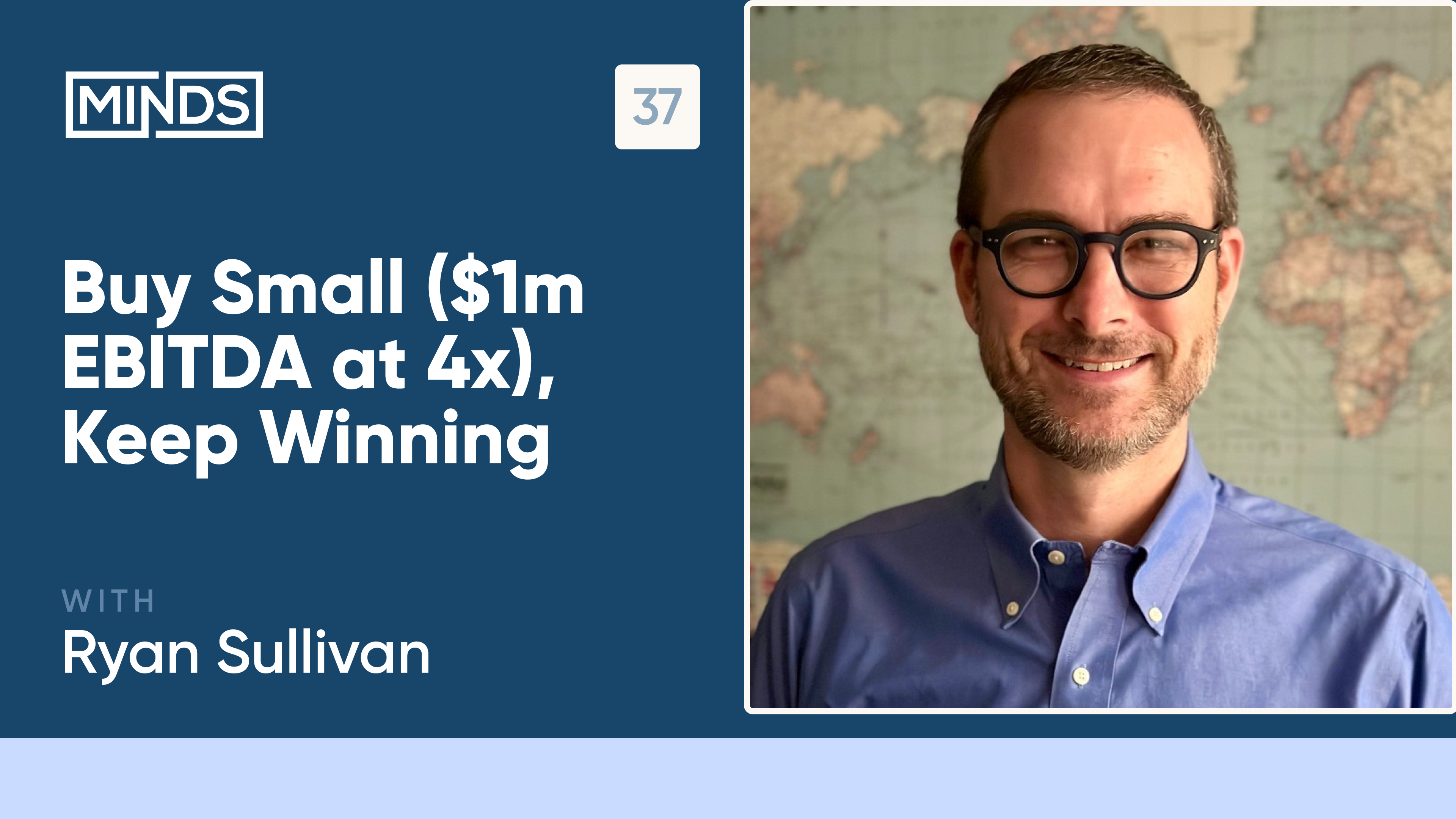Borgman: 500 LPs Across 10 Platforms
Formerly a CPA, Sequoya Borgman 10 (4.6%) realized his dealmaking clients were having more fun. In 2017, he founded Borgman Capital and hustled to raise the capital for his first platform. Since then, his firm has built a network of 500 HNWIs and has been oversubscribed for each of its 9 subsequent platforms. He shares how second-tier geographies, retail fundraising, and disciplined execution are critical to his Borgman’s sustained success.

Today, Borgman Capital is regarded as one of the most well-operated and respected independent sponsor firms. Meticulous and disciplined, they have completed 10 platforms, multiple add-on acquisitions, and secured an exit delivering a 57% IRR.

That first platform, in 2017, came together after Sequoya had hustled his network to scrape together sufficient equity for the deal. It was need that drove the retail strategy, with 26 HNWIs in the first deal, but, unbeknownst to Sequoya, the retail financing would become a hallmark for Borgman Capital.
Borgman Capital has raised the bar by quite literally “passing the hat.” With over 500 limited partners across 10 platforms and every deal since the first being oversubscribed, their retail-focused model has become a cornerstone of their business, providing them with resilience and flexibility. The benefits go beyond capital as the investors also contribute talent, referrals, expertise, and deal flow. To further scale this approach, Borgman Capital recently launched PassTheHat.com 11 (5%) , a platform where accredited investors can register for access to upcoming deals.

Geography is another core tenet of Borgman’s philosophy as an independent sponsor. Headquartered in Milwaukee and with an office in Minneapolis, Borgman deliberately avoids crowded financial hubs (e.g., Dallas, Chicago, NYC). Instead, they focus on tier-two cities like Des Moines, Omaha, and Kansas City for future expansion. These are places where local presence matters for proprietary deal flow.

With potential changes looming for the tax treatment of carried interest, we asked Sequoya, ever the accountant, about possible workarounds for independent sponsors. As any good CPA would, he smiled and declined to offer creative loopholes.
Check today’s new episode of the Minds Capital Podcast.

Keep reading

33 PortCos in 6 Years
Robert Graham, based in Dallas, graduated from HBS in 2018 and acquired his first company the year after as a self-funded searcher using SBA7a financing. After a turbulent start, this healthcare platform exploded to $30m of EBITDA and now "hemorrhages cash." That early breakout win became the engine behind SIG Partners, recently named a Top 20 independent sponsor by Axial, which has since assembled an extraordinary 33 platforms in just 6 years.

Platform + Key Competitor = Multiple Expansion
Willistown Capital's journey offers a window into how independent sponsors can execute complex, high-stakes transactions with institutional precision. William Boffa and Darren Fultz walk through the anatomy of their award-winning related acquisitions of Quiltcraft and Fabtex. From stakeholder alignment to >$1m of legal fees, they detail their journey through complexity & risk to the promised land of "zone skipping."

Buy Small ($1m EBITDA at 4x), Keep Winning
Ryan Sullivan's fully-baked & winning concept at North Park Group: buy $1m EBITDA firms at 4x, add the real estate, finance half with SBA debt, and never sell. Voila, today they have 5 operating companies, 6 acquisitions, 25% annual returns, and an investor waitlist.

